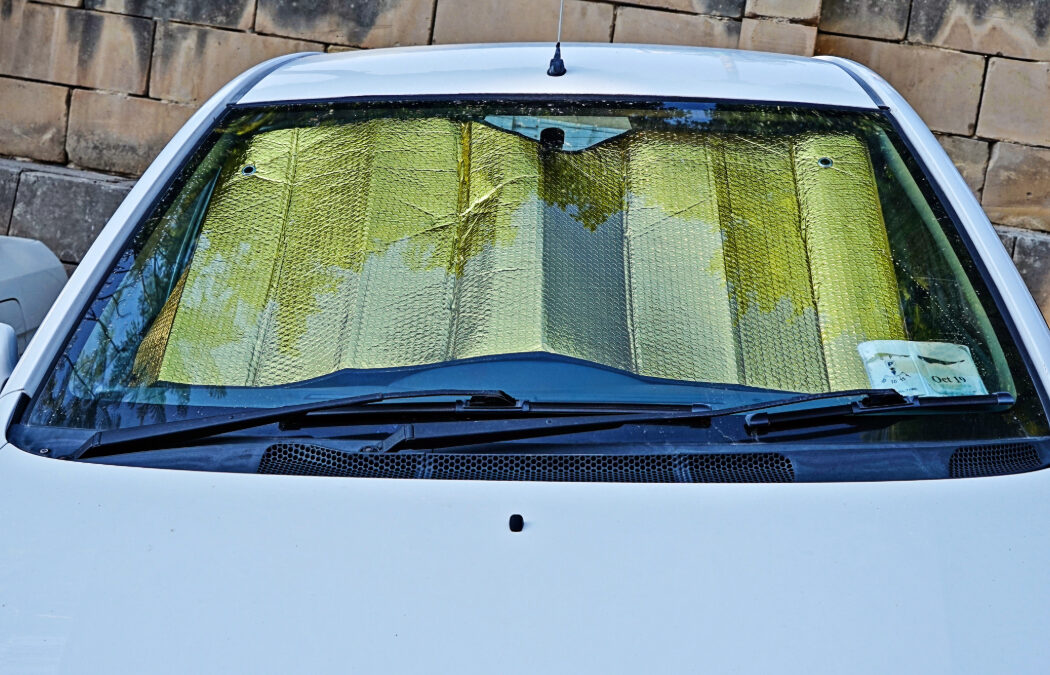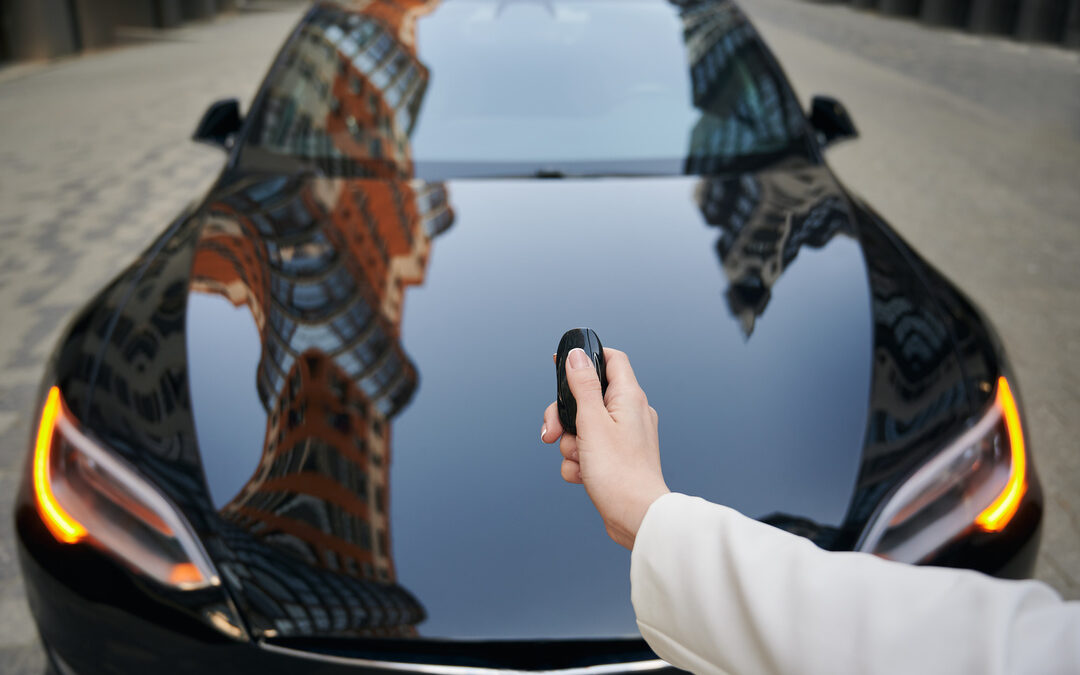When you invest in window tint, you want it to last. But not all films perform the same, and Massachusetts weather makes things even more complicated. From summer heat to icy winters, your tint takes a beating. Here’s what you can expect depending on the type of film you choose, how local weather affects it, and the signs it’s time for a replacement.
Lifespan by Tint Type: Ceramic, Dyed, and Carbon
The lifespan of tint depends mostly on the film material.
- Dyed film: The cheapest option, usually lasts 3 to 5 years before fading, peeling, or turning purple.
- Carbon film: A mid-level choice, can last 5 to 10 years with good heat rejection and durability.
- Ceramic film: The premium option often lasts 10 years or longer. It holds up better against heat, UV rays, and temperature swings common in New England.
Choosing the right film isn’t just about style. It’s about long-term performance. For more on the science behind different film types, see our guide on how window tint works.
How Massachusetts Weather Impacts Tint
Massachusetts drivers deal with hot summers, freezing winters, and constant temperature swings. That climate puts extra stress on tint.
- Heat and sun in the summer accelerate fading in low-quality films.
- Cold winters cause cheaper adhesives to crack or bubble.
- Snow, salt, and ice scraping can damage edges of the film if it’s not properly installed.
Ceramic and carbon films resist these conditions better than dyed films. That’s why many local installers recommend premium films for New England drivers.

What Shortens Tint Life Fast
Even high-quality tint won’t last forever if it’s poorly maintained. Here are the most common reasons films fail early:
- Improper cleaning: Using harsh cleaners or abrasive tools can scratch and weaken film.
- Bad installation: Shops that rush the job or use low-grade adhesives set you up for bubbling and peeling.
- Constant exposure: Parking outside in direct sunlight speeds up fading, especially with dyed films.
- Ignoring damage: Small scratches or bubbles spread over time if not addressed.
Before booking, make sure your shop uses proven installation methods and offers a warranty. Our tinting guidelines cover what you should expect from a proper install.
When You Should Replace Old Tint
Tint doesn’t last forever. Here are the signs it’s time to replace:
- Bubbling or peeling edges that interfere with visibility
- Purple or faded color caused by dye breakdown
- Scratches or hazy appearance that make windows look dirty even when clean
- Failed inspection if your film no longer meets state visibility rules
If your tint is more than 7 years old and showing signs of wear, it’s often more cost-effective to replace it than to keep patching problems. To avoid legal issues, double-check the Massachusetts tint laws before replacing film.
Choose a Tint Built to Last in New England
If you want tint that can handle Massachusetts weather, ceramic or carbon films are your best bet. While they cost more up front, they last longer, perform better, and save money in the long run by avoiding frequent replacements.
When picking a shop, look for:
- Installers who use quality films designed for harsh climates
- Clear warranty coverage for peeling, bubbling, and fading
- Knowledge of Massachusetts tint regulations so your car passes inspection every year
You can use Mass Tint Guide to find local shops that meet these standards and deliver long-lasting results.
Window tint can last anywhere from 3 to 10+ years in Massachusetts depending on the film type, installation quality, and how well you care for it. Cheap films might save money now but will need replacing sooner, while premium options like ceramic give you long-term value.
Ready to invest in tint that lasts?
Visit Mass Tint Guide to compare shops, check Massachusetts tint laws, and find installers who use durable films built for New England weather. Get your tint done right the first time and enjoy comfort that lasts for years.



0 Comments